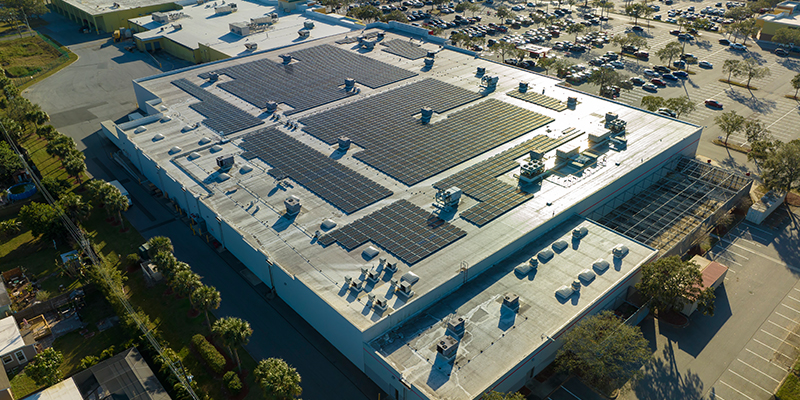Finding and attracting labor has become a challenge for many sectors of the economy – and industrial real estate is no exception. Labor is often a critical consideration in site selection for warehouse and distribution space.
In a panel discussion at I.CON West: The Industrial Conference this week, experts examined all sides of the labor challenge, including recent labor data and analytics, the impact of technology on labor, and best practices for recruiting and retaining labor. The panel, led by John Condas, partner, Allen Matkins, also included David Hickey, global managing director, Hickey & Associates; Seth Martindale, senior managing director, CBRE; Christopher Thornberg, Ph.D., founding partner, Beacon Economics LLC.
Martindale started by sharing some of the biggest concerns he’s hearing from his site selection clients. “Their first question when vetting a location is, ‘Will anybody come there to work? How do we know the labor market exists?’” Martindale said. The answer isn’t as straightforward as it was 5-10 years ago.
On one hand, Martindale said they have access to a lot more data than they did years ago. “Drop a pin on a map and we can tell you where welders are getting fired, where they are getting hired. But that only tells part of the story,” he said. For example, it used to be generally accepted that people would drive 60 minutes to a job if it’s a good job, “but I don’t think that holds anymore,” he added. That reduces your available labor pool quite a bit.
There’s the competitive element, too. It used to be that companies would compete with a relatively small pool of other companies within the same industry, but now you’re seeing more competition across industries, Martindale said. Retail, logistics and others are looking to attract some of the same talent.
Are states and local governments helping with mitigating the labor issue? Martindale and Hickey agreed that they’re seeing economic development groups at the state level getting into junior high schools and high schools to introduce some of the trade and manufacturing opportunities out there. “Local economic development groups have done a good job of talking to young people – including young women – to think about jobs they may not have considered,” said Hickey. “Some of the investments we are seeing in job training and skills development programs are in the billions,” he added.
“There are almost no women working in manufacturing, and there’s an enormous potential there,” said Thornberg, referencing a recent study he worked on in California. Programs like universal pre-K and increased access to quality childcare have the potential to bring some of these women back to the workforce.
(An aside: “I tell developers – do you want to ensure your townhouses or apartments rent for 15% above market? Put a childcare center on the first floor,” said Thornberg.)
With labor in such short supply, Condas asked Thornberg when he thought the number of job openings and available workers would start to “balance out.”
“It may never work its way out,” he said with a laugh, “unless we start having more kids.”
Thornberg was referring to the U.S. birth rate, which has declined to 1.7 births per woman in 2019, down from 3.65 births per woman in 1960, hampering the size of the potential future workforce. And while some European countries are also seeing lower birth rates, they have something the U.S. doesn’t have – very robust immigration programs to help increase the number of available workers.
Suffice it to say the labor challenge is a multifaceted one, and it may require an equally multifaceted approach to address the myriad factors at play.
This post is brought to you by JLL, the social media and conference blog sponsor of NAIOP’s I.CON West 2022. Learn more about JLL at www.us.jll.com or www.jll.ca.









